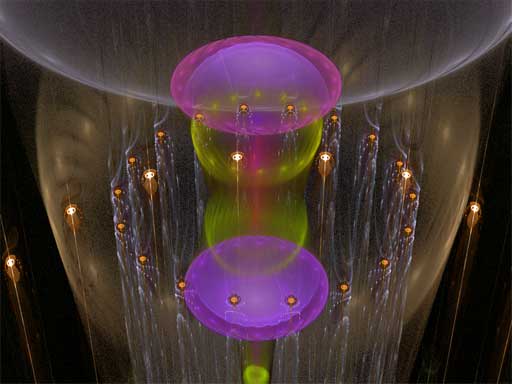33 Bowls remastered in MQA
To
be Frank, I was a bit skeptical about MQA at first, but as I
researched, and listened ("deep dive" has unfortunately become a
meaningless cliche recently), I realized it is not just another format,
but a true systemic paradigm shift. I continue to be boggled by two
things: how spectacularly good by any standard MQA is; and how there
could possibly be nay sayers and detractors. More on the latter
elsewhere.
My experience is similar to that of recording
engineer Peter McGrath. He was blown away when he first heard his
"hi-res" recordings rendered, remastered, de-blurred in MQA. So was I.
Having
been there playing, recording, and mastering, I do have a clear idea of
what antique metal Tibetan Singing Bowls sound like. The 24/96 version
sounds better than the downsampled 44.1/16 version for general release.
However, the MQA version is just plain WOW. As in, oh wow, that is what
the sound and feel was in the room when I recorded them. The 24/96
original is not even close to the MQA re master. You name it, the music
breathes, presence without edge, nuances and textures without fuzz,
imaging, soundstaging, a solid visceral "you are there" sense of the
musical instruments.
So I will say politely to those who claim
that CD, or "hi-res" PCM digital is "as good" as MQA: You have no idea.
Not even close.

Deep
Gratitude to countless generations of Artisans
who listened to the Grand Muse; who practiced,
even mastered the Art of expressing the resonance
and coherence of the Universal Aum;
who crafted these and other Singing Bowls.
Your
memory lives on.

